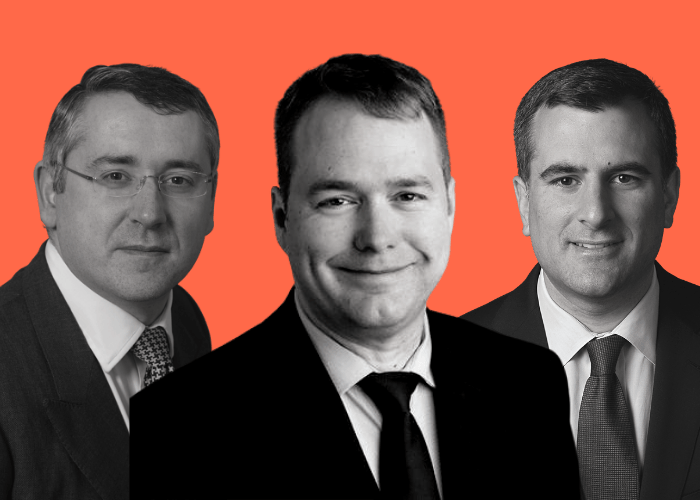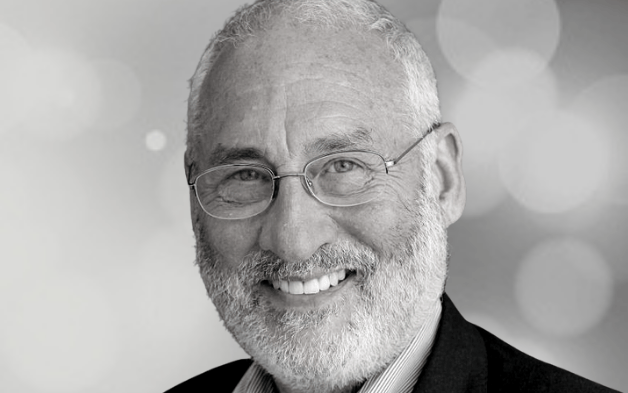Investors discuss how technological change and the new green economy is re-pricing assets in infrastructure, as well as the trend to substitute fixed income with infrastructure debt. But investors should not to lose sight of traditional infrastructure characteristics in their quest to tap new trends. Predictable cashflows and downside protection remain central.
Speaking at FIS Digital 2021 in an expert panel on infrastructure investment, US firm Cohen & Steers’ head of global infrastructure Ben Morton explained how the firm focuses on investing in companies that “collect fees.” He added that the firm buys listed infrastructure assets which have an economic sensitivity that suits active management.
“Investments have a link to GDP or have pricing mechanisms that link revenues to inflation, providing inflation protection through the cycle,” he told delegates.
Commenting on President Biden’s plans for sweeping infrastructure investment, he said that unlike previous administration pledges, this fiscal stimulus could benefit listed infrastructure. He said Biden’s plans are different and could have important investor consequences around, for example, tax cuts and renewables. Extending tax credits for solar and wind makes these projects more profitable, he said. Elsewhere, driving 5G development will enable greater penetration for tower companies, and putting trillions into the economy is a good thing for economically sensitive businesses like freight railway.
Windfall opportunity
Investors can find infrastructure opportunities in long-term, fixed rate, secured assets and pick up a yield premium over corporate bonds, said fellow panellist Dominic Swan, global CIO of private debt at HSBC Asset Management. Higher yields can be found in non-investment grade allocations, however he cautioned that this shouldn’t be viewed as a long-term strategy.
“You don’t want to sign up to a 25-year exposure to a high yield asset,” he said. Swan also noted that while inflation doesn’t increase cash flows it pushes up an asset’s market value so that in periods of high inflation, infrastructure credit risk falls. He added that this is priced into how debt products are valued in the market, providing a windfall opportunity.
Infrastructure in, fixed income out
HSBC’s Swan also noted trends among investors substituting fixed income with infrastructure debt.
“We find people selling government bonds and replacing the allocation with investment grade infrastructure,” he said, noting a pick-up of 70-100 basis points in the investment grade space.
But investing in infrastructure in the current climate holds challenges. At Canada’s Alberta Investment Management Corporation, Ben Hawkins, senior vice president, infrastructure, said investor demand for infrastructure as a substitute for fixed income has pushed up demand but there is not much new supply.
His areas of focus include renewables, telecoms and digital infrastructure given new trends in remote working. That said, not all opportunities fit within a traditional infrastructure mandate, and he warned that this means risks and uncertainties preside.
Other trends include data increasingly helping resolve intermittency challenges in renewables and the reduced capacity issues currently faced by utilities.
“We are looking at the digital sphere to optimise delivery of services,” he said, referencing the need to future proof traditional assets.
Technological disruption
This led the conversation to the danger of infrastructure assets becoming obsolete in the new green economy. The number of stranded assets could spike in traditional energy infrastructure as well as assets subject to technological change, said Hawkins.
However, he argued that traditional gas pipeline infrastructure is less likely to be stranded in the transition. Gas will continue to be an important part of the fuel mix, he said.
Elsewhere technological disruption is growing in the satellite space. Over-the-top technologies provided by high-speed internet like Netflix on-demand are disrupting traditional services from cable and satellite providers.
“We need to be on top of this change,” he said.
However, he warned investors not to lose sight of traditional infrastructure characteristics in their quest to tap new trends. Predictable cashflows and downside protection remain central. Incremental investment dollars are going into new themes, but we are not going to start investing in new businesses that don’t have infrastructure-like characteristics, he said.
At HSBC, strategy is centred on drilling down to the fundamentals, namely stability of cashflows. In this aspect, renewables and digital infrastructure differ with renewables often linked to quasi-guaranteed cashflows comprising long term contracts with lower volatility.
In contrast, digital assets are typically subject to huge change as the revolution continues. Hence the need to adopt a shorter time frame when investing in digital assets.
“Given that we are exposed to change, and change is not a friend of debt holders we expect to be paid for the risk of technological obsolescence,” he said.
In response to questions around competition for assets, Hawkins noted how investors were moving up the risk spectrum and said that renewables were increasingly priced to perfection.
Strategy at AIMCo has taken a platform approach whereby the investor bypasses the competition by acquiring operational assets with a particular focus on the skills of the team on the ground, leveraging their operational and sector specific knowledge for advantage. It amounts to a less crowded trade, he concluded.




